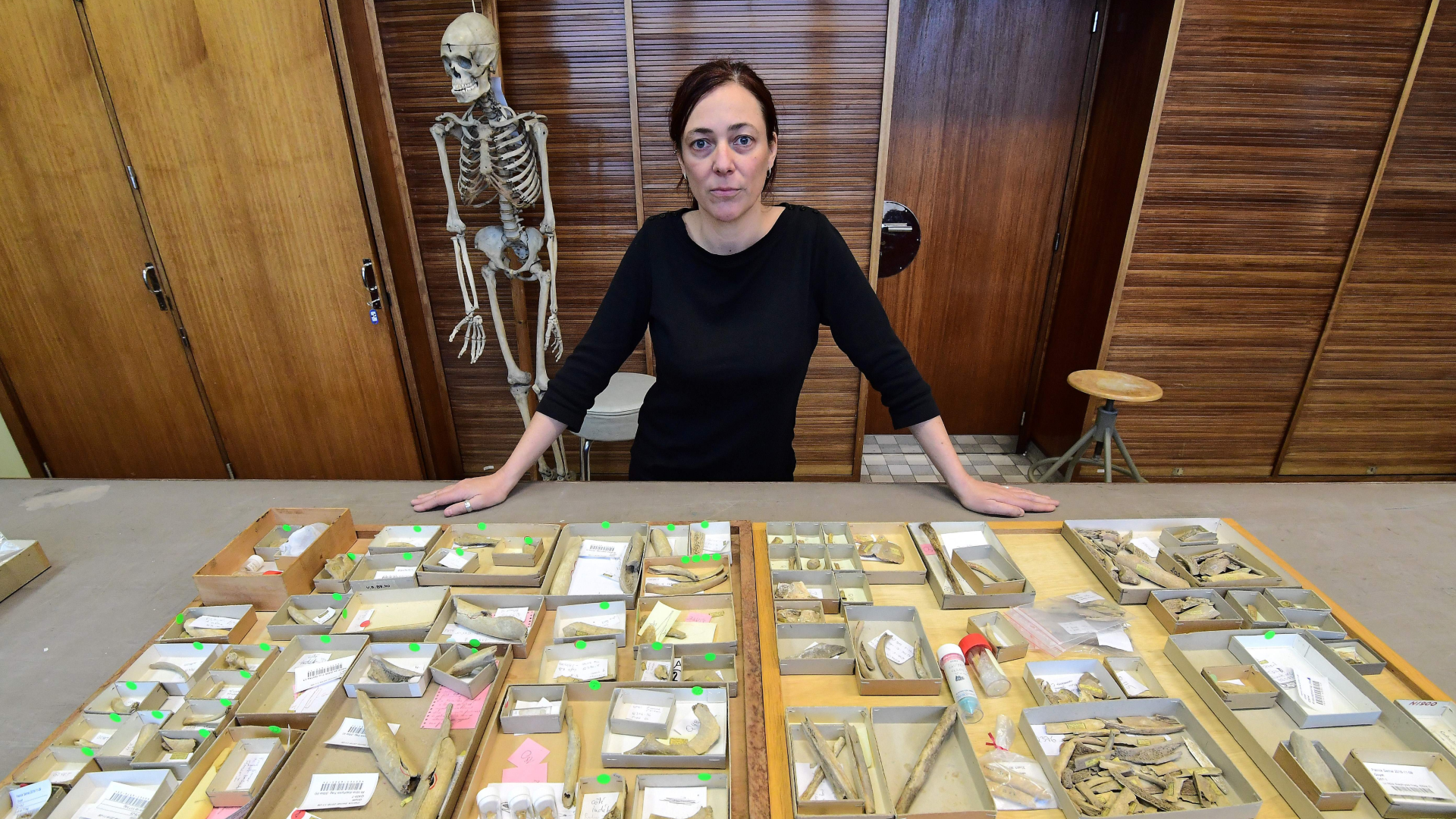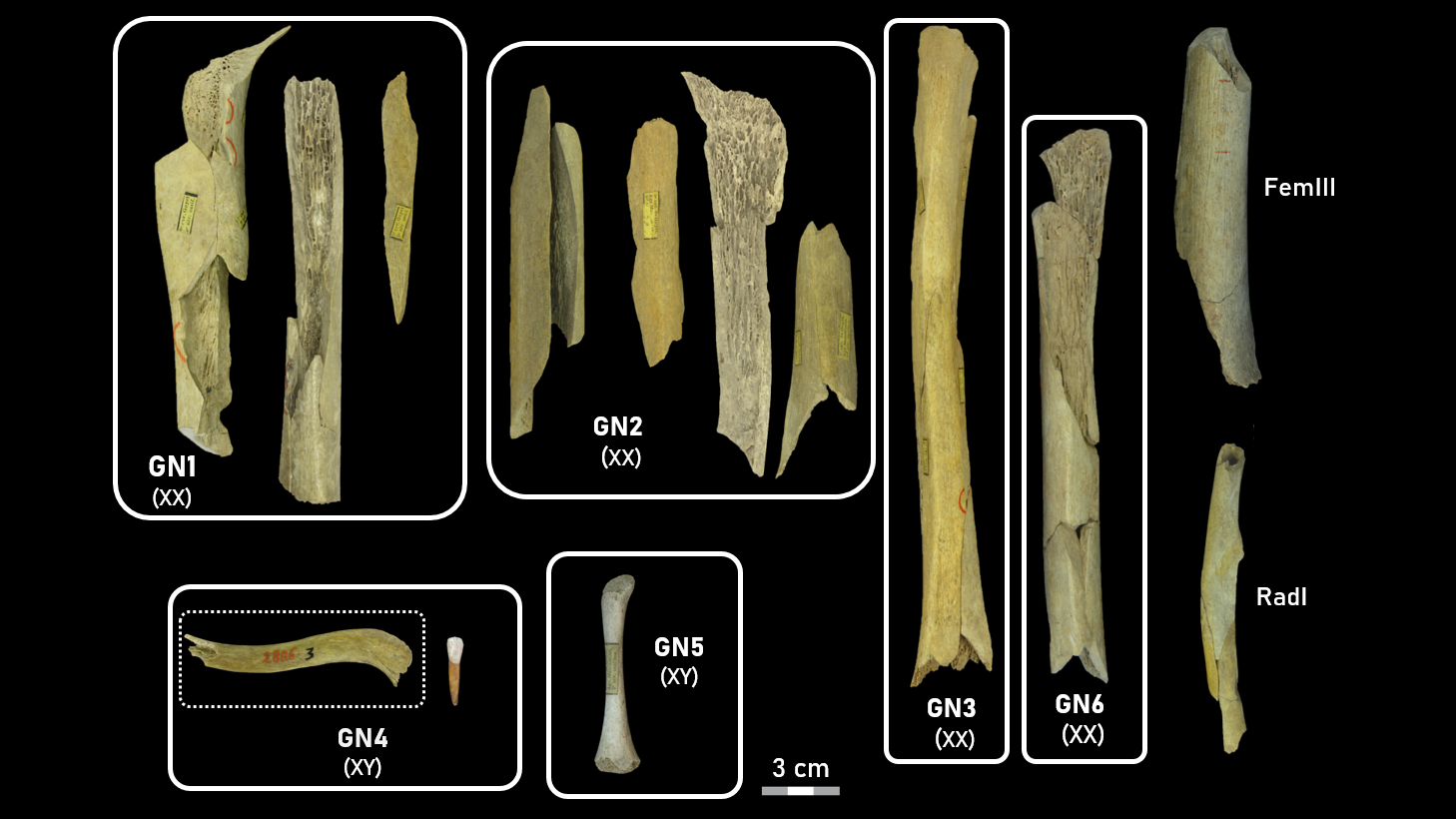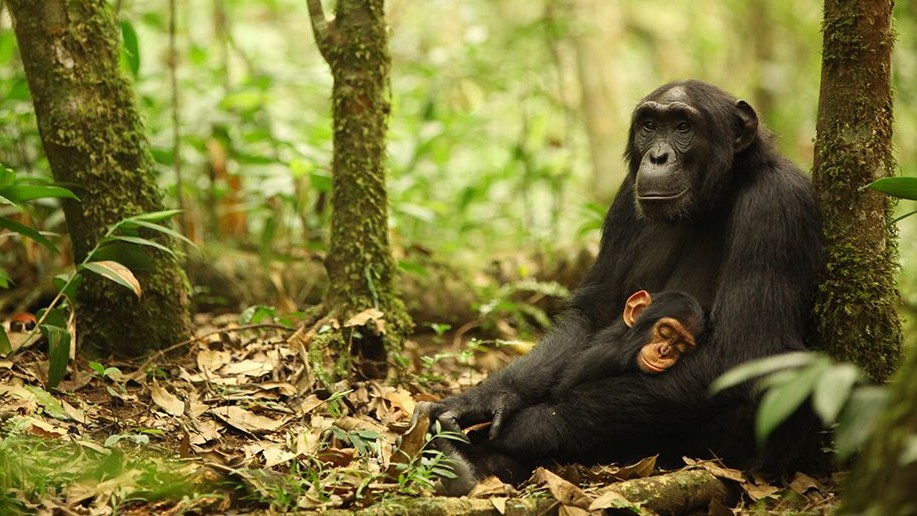Neanderthals cannibalized 'outsider' women and children 45,000 years ago at cave in Belgium
Fragmented Neanderthal bones discovered in a cave in Belgium show that one group cannibalized the women and children of another group.

While analyzing hundreds of Neanderthal bone fragments from a cave in Belgium, archaeologists discovered a horrifying secret: Six Neanderthals had been cannibalized 45,000 years ago, and the cannibals preferred to eat the women and children first.
Modern archaeologists first explored the Goyet cave system in the Wallonia region of southern Belgium in the late 19th century. Excavators discovered 101 Neanderthal bone fragments, many of which had butchery marks similar to those on animal bones, suggesting someone had killed and eaten them.
In a new study published Nov. 19 in the journal Scientific Reports, researchers dug into the biological profile of the collection of fragments and determined that all of the butchered Neanderthals were small female adults and children.
"We cannot determine exactly why these individuals were targeted, but the composition of the assemblage — four adult females and two immature individuals — is too specific to be accidental," Quentin Cosnefroy, a biological anthropologist at the University of Bordeaux, France, and lead author of the study, told Live Science in an email.
To reach this conclusion, the researchers first reassembled the butchered bones as much as possible, finding that the large collection of fragments constituted at least six Neanderthals. Based on genetic analysis, the researchers determined that four of the Neanderthals were female adults or adolescents and two were male children, and that the females were not related to one another. The female Neanderthals' bones also showed that they were shorter and more lightly built than the average Neanderthal female.
All of this evidence was combined with a previous isotopic study that had revealed that all of the cannibalized Neanderthals at Goyet were born in a completely different region than where they died but shared a similar diet. (Isotopes are variations of elements found in the environment and water, and they end up in bones and teeth. This allows researchers to determine where ancient people or animals lived, as different places have different isotopic signatures.)
The evidence gathered from the Goyet Neanderthal bones adds up to "exocannibalism" — cannibalism of one group by a different group, according to the researchers.
Get the world’s most fascinating discoveries delivered straight to your inbox.

"At a minimum," the researchers wrote in the study, "it suggests that weaker members of one or multiple groups from a single neighbouring region were deliberately targeted" and that the cannibals might have specifically sought to undermine the reproductive potential of a competing group.
"These individuals may have come from different populations, implying that the cannibalism at Goyet could represent multiple events involving different groups over time," Cosnefroy said, or they may have "belonged to the same group and were killed during a single event."
But it is currently unclear whether the cannibals were Neanderthals or early Homo sapiens, who were likely present in the area at the same time as the Neanderthals.
The researchers suggested, however, that cannibalism among early H. sapiens is usually seen in connection with funeral rituals, while evidence of survival cannibalism has been seen in Neanderthal sites in France and Croatia. This means the bones at Goyet represent "the most compelling evidence to date for inter-group competition among Late Pleistocene Neanderthal populations."

The Neanderthals whose bones were found in the Goyet cave were among the last Neanderthals in Europe at a time when H. sapiens had begun to encroach on their territory. A previously isolated Neanderthal group happening upon another Neanderthal group may have resulted in lethal intergroup tension, the researchers wrote, particularly if they saw each other as enemies.
In a period marked by Neanderthal cultural diversity, biological decline, and the arrival of H. sapiens in Northern Europe, the cannibalized Neanderthal females and children are likely the unfortunate result of the mistreatment of outsiders, the researchers concluded.
The way the butchered Neanderthals ended up in the Goyet cave is still under investigation.
"Moving living people is much easier than transporting dead bodies or body parts," Cosnefory said, but the Goyet Neanderthals are represented mostly by leg bones. "This makes it plausible that the individuals were brought alive, killed close to the Goyet cave, and that the cannibalizing group deposited only selected body parts inside the chamber."
Neanderthal quiz: How much do you know about our closest relatives?

Kristina Killgrove is a staff writer at Live Science with a focus on archaeology and paleoanthropology news. Her articles have also appeared in venues such as Forbes, Smithsonian, and Mental Floss. Kristina holds a Ph.D. in biological anthropology and an M.A. in classical archaeology from the University of North Carolina, as well as a B.A. in Latin from the University of Virginia, and she was formerly a university professor and researcher. She has received awards from the Society for American Archaeology and the American Anthropological Association for her science writing.
You must confirm your public display name before commenting
Please logout and then login again, you will then be prompted to enter your display name.
